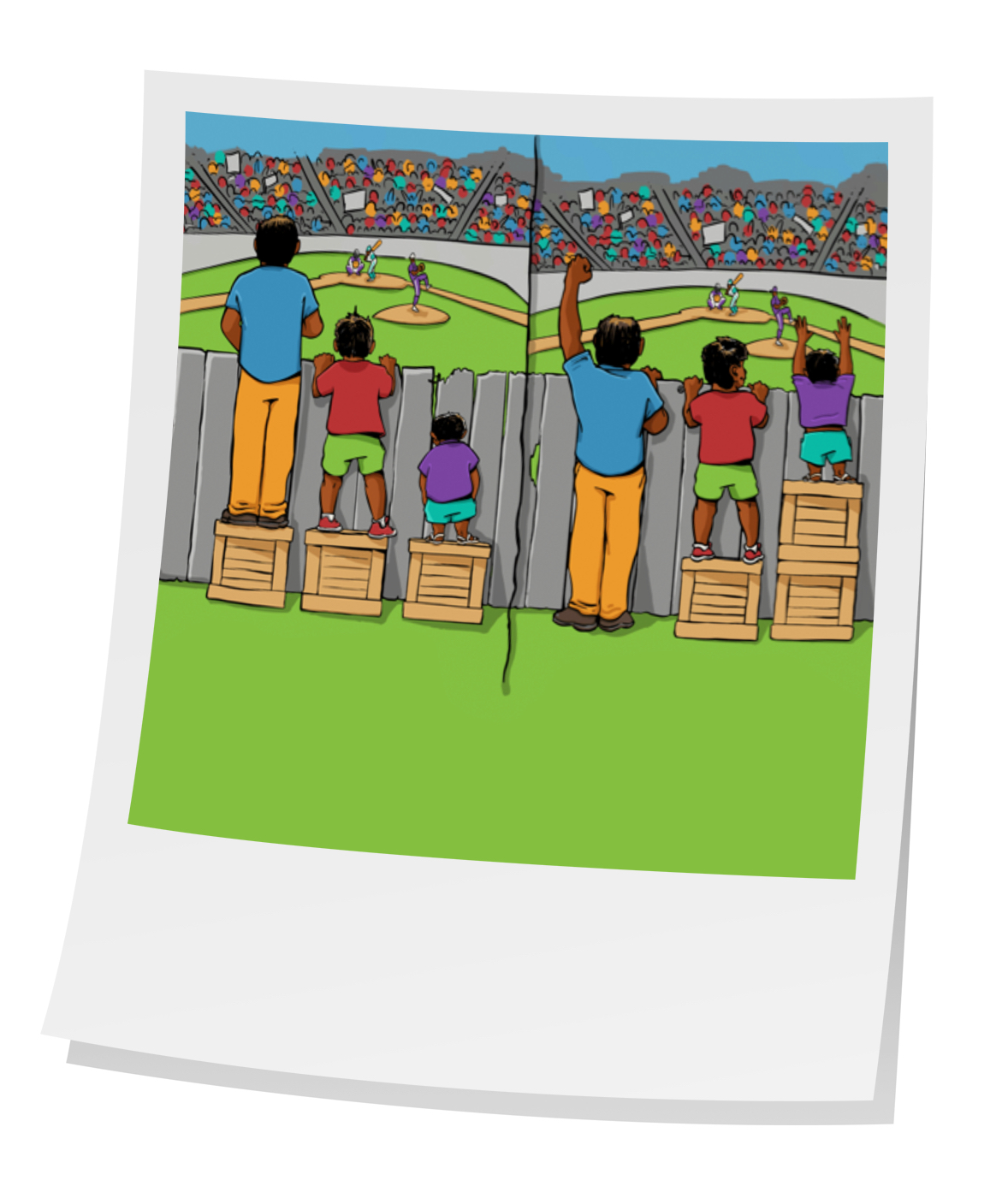By: Kimberly Deano
Fairness—society has this side of wanting to have equal rights between sexes but what about the same treatment between social classes?
It is not new to people that those on the lower class have been mistreated because of social economic statuses where they are blindedly judged without seeing their true potentials.Such status quo inflicts social withdrawal, hostility, fatigue, or depression.
Understanding the existing biases, what really is the difference between equity and equality? Common knowledge informs what equality is. Treating everyone the same while equity is giving everyone what he needs. Equity and equality are evident across circumstances in different settings. They are a reality. The challenge here is where are we at? What position do we take to lessen, if not totally remove, the stigma of inequality and partiality?
Let’s take one step at a time. In a classroom setting, every student has individual learning needs especially in the tertiary level where learners are expected to do higher order thinking skills to participate in certain classroom discourses. Equality works through solely following standardised instructional procedures without using developmentally appropriate materials for those who cannot and beyond the grasp of the concepts being discussed. On the other hand, equity comes in when the facilitators of learning both follow the standardised concepts as set by the institution and then provide learning assistance for students who are either below or beyond their zone of proximal development. When both curriculum’s standard and learning needs are met, equity then gives students chances to develop their potentialities as they are assisted to reach either average or higher skills that the curriculum requires. This may sound difficult for teachers but this has been empirically proven.
Now, the decision lies to those who really promote equity— do we take the challenge or continue mediocrity?

